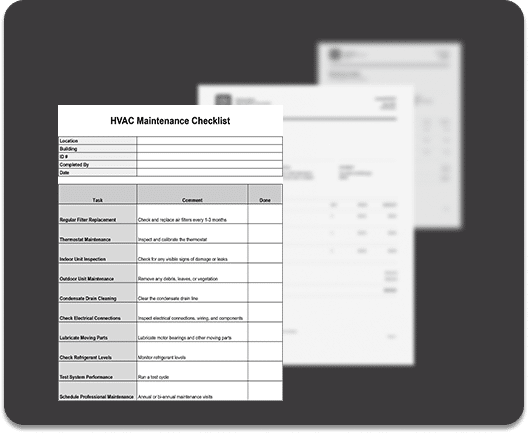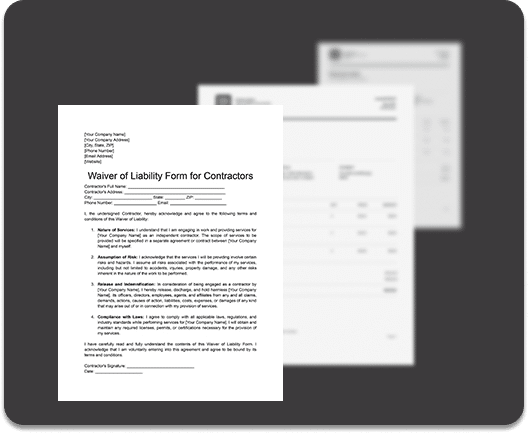Gaining a competitive edge comes from every employee having the right skills to drive success. What is workforce optimization? Here’s the definition, what it looks like, and the benefits.
In today’s fast-paced business world, staying ahead of the curve requires more than simply having a talented workforce. Gaining a competitive edge is about ensuring that every team member has, and is using, the right skills to drive success. That’s where workforce optimization comes in. But what is workforce optimization? What does it look like?
What is Workforce Optimization?
At its core, workforce optimization is the process of maximizing the efficiency and productivity of your workforce to achieve organizational goals. That definition echoes the efficiency movement of the early twentieth century which sought to identify and eliminate waste in society. One lasting image from the era is that of “efficiency experts” with stopwatches and rulers who measured human and machine interactions on manufacturing floors to identify and optimize every movement “scientifically” for greatest efficiency.
Unlike the efficiency movement of 100 years ago, today’s focus on workforce optimization takes a holistic view of employees. Also, the goal is not simply efficiency. Workforce optimization is about developing each employee’s most critical skills so they can do work that matters in a way that makes a positive difference for the employee, the company, and the company’s customers and stakeholders.
Workforce optimization involves aligning employee skills, knowledge, behaviors, and resources with business objectives to enhance overall performance and competitiveness. This comprehensive approach encompasses talent acquisition, learning and skill development, performance management, and succession planning.
For small and mid-sized enterprises, workforce optimization can seem a daunting exercise. However, with the right strategies and tools, including skills tracking software, companies can streamline their workforce management processes and unlock the full potential of their employees.
What Does It Look Like?
Skills tracking software, such as Avilar’s WebMentor Skills™, plays a pivotal role in workforce optimization by enabling companies to effectively assess, analyze, and optimize their talent pool.
Here’s how it works:
1. Competency Model: The first step in workforce optimization is understanding the skills your organization needs to thrive. Build your competency model as a master list of desired skills in your workforce. By aligning skills with business goals, you will be able to identify gaps and prioritize skill development initiatives accordingly. At least annually, revisit and update the model as needed to stay aligned with the emerging skill trends and your forecast of future needs.
2. Job Descriptions: To ensure that current and future employees are doing work that aligns with your company goals and strategies, periodically update your job descriptions to include the relevant skills needed for each job. Be sure to define specific skill requirements for secondary roles and functions within your organization, not just for an employee’s primary job function.
3. Talent Acquisition: Setting the stage for your future workforce means hiring the people with the skills you need now and into the future. Armed with up-to-date job descriptions, lean into a skills-focused approach for recruitment and hiring. By leading with skills, you’ll access a broad talent pool that will enrich the skillset and culture of your workforce.
4. Skills Assessments: Conduct skills assessments to understand individual skills – and to analyze the skills landscape of your organization. Skills management software provides a centralized platform to deliver comprehensive skills assessments across departments and teams to collect essential skills data. Use custom reports and analytics for insights on the existing skill sets of the individuals, teams, and functions of your organization.
5. Learning and Skills Development: Once the skills assessment is complete, the next phase is identifying and closing skills gaps for workforce optimization. Create individual learning plans to address identified skill deficiencies and advance skill development. Online courses, classes and workshops, and mentorship programs, for example, can all support employee skill and competency development. Routinely update learning plans for employees at all levels of the organization, to reinforce a continuous learning culture and drive continuous improvement for individuals, teams, and your organization.
6. Performance Management: Monitoring how well employees are mastering and applying their skills and knowledge is vital for measuring progress and identifying the next areas for improvement. Performance management is not designed to improve all skills. Good performance management improves those skills that help employees do their jobs better. By monitoring relevant key performance indicators (KPIs) such as productivity, efficiency, industry certification achievement and compliance, and employee engagement, companies can assess the effectiveness of their workforce optimization efforts and make better, data-informed decisions.
7. Succession Planning: Building future generations of leaders is a necessity. Not just for your executives, but for leaders at every level in your organization. And effective leadership skills change over time—as the company grows, the market changes, demographics of your workforce shift, and technologies and communities evolve. Effective workforce optimization enables companies and their leaders to adapt quickly to changing needs, evolving skill requirements and development opportunities that keep up with the times.
Workforce optimization is about developing each employee’s most critical skills so they can do work that matters in a way that makes a positive difference for the employee, the company, and the company’s customers and stakeholders.
Benefits of Workforce Optimization
Achieving talent outcomes at scale requires ready access to skills data that can be reviewed and analyzed to inform the next strategic decision. Workforce optimization software captures and manages that skills data, so small and mid-sized enterprises can unlock numerous benefits of workforce optimization, including:
- Improved Efficiency: Aligning employee skills with business objectives leads to increased productivity and performance across the organization.
- Enhanced Agility: By adapting to changing skill requirements, companies can respond swiftly to market dynamics and capitalize on emerging opportunities.
- Employee Retention: Investing in employee development fosters a culture of continuous learning and growth, enhancing employee satisfaction and retention.
- Competitive Advantage: A skilled and aligned workforce gives companies a competitive edge by enabling them to innovate, adapt, and outperform rivals in the marketplace.
We’ve come a long way since the efficiency movement. Yet there is something to be said about the value of identifying the small things that employees can do so that, together, the organization is more efficient, productive, and successful. Workforce optimization is not just a buzzword. Harnessing the power of workforce optimization is a strategic imperative for companies looking to grow and thrive in today’s competitive marketplace.
If you’re thinking of strengthening workforce optimization at your workplace, download our Competency Management Toolkit for ideas on how to align those efforts across your organization. Or contact us to see if Avilar’s WebMentor Skills™ competency management system can help.
RELATED RESOURCES
What is a Competency Model? Examples How Employers Use Them
How to Successfully Create a Workforce Development Plan
How Smaller Organizations use Talent Management to Accelerate Growth
College Degrees vs. Skills and Competencies


















